A brief History
This wonderful game has a history which probably pre-dates any other game played by man. The ancient Hindu game Chaturanga from eastern India dates back to about 2500 B.C and remained popular for over 3,000 years. Chanturanga differed from the modern game in being four handed and, like bridge, opposite players partnered one another. A board like a chessboard was used, but each player had eight pieces positioned in his corner of the board. The object was to win ones opponent's kings, but a die was thrown to indicate which piece to move, each number on the die indicating a different piece.
The Chinese game of Chang-Ki developed from Chaturanga but the next major change took place in the 6th century A.D when the pieces assumed their modern day layout at commencement, but retained most of their earlier powers. The four players were reduced to two. This game was called Shatranj and it slowly spread westward into Persia, Turkey, Syria and along the North African coast, crossing to Spain and Western Europe in the 8th century. England was reached about 900 A.D.
Caxtons printing of 'The Game and Playe of Chesse' translated from the French in 1740 heralded the opening of the modern period of chess, when several important changes in the functions and power of the pieces were made. The game has remained virtually unchanged right up to the present day.
Chess pieces - from Lewis to the present day.
There are in existence a few odd European Chess pieces attributed to an earlier date, but the group of seventy-eight pieces found in 1831 in a cave on the Isle of Lewis off Scotland are unquestionably the earliest and most important European Chess pieces found to date. They are carved in Norse Ivory, which is fossilized ivory from walrus tusks, once plentiful, and date from the early 12th century. Their design suggests a Norse origin.
Few sets have been found dating from the next 400 years, but about 1500 the development of the modern game heralded a substantial increase in the number of chess players and many more sets are extant. These suggest everyday use and the designs are invariably of a fairly simple nature. Two and a half centuries later a similar position existed but the Industrial Revolution was starting to gather momentum and many ivory turners, both in France and England, were beginning to develop more elaborate designs.
.



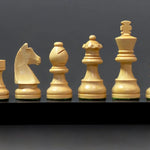
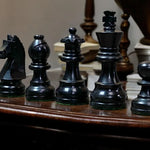
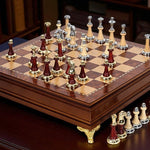
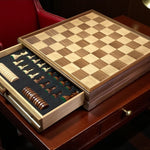
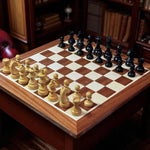
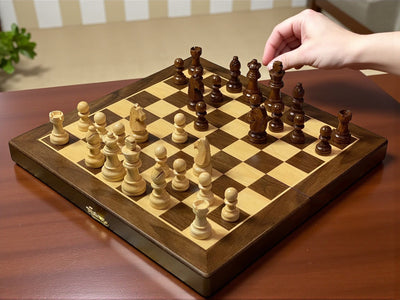
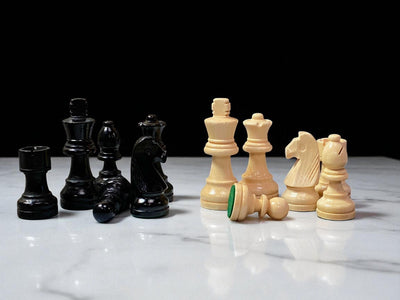
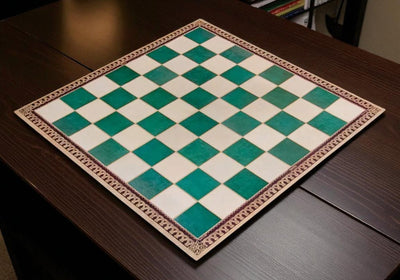
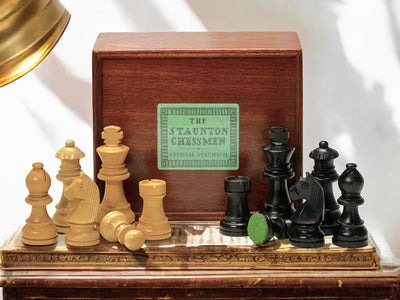
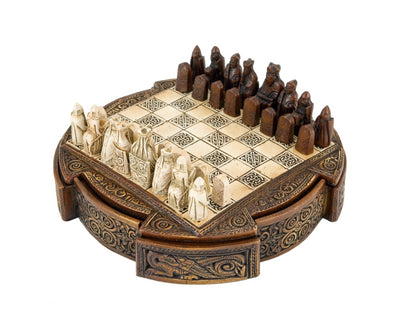
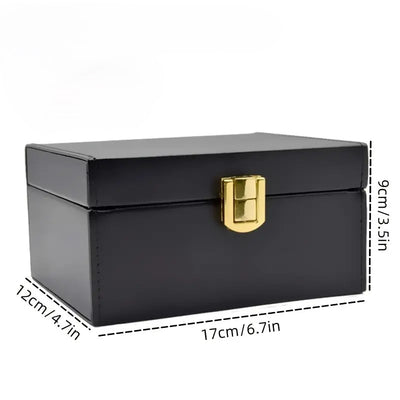
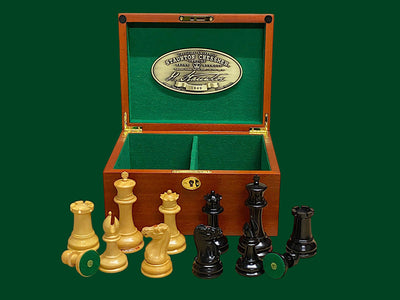
Leave a comment